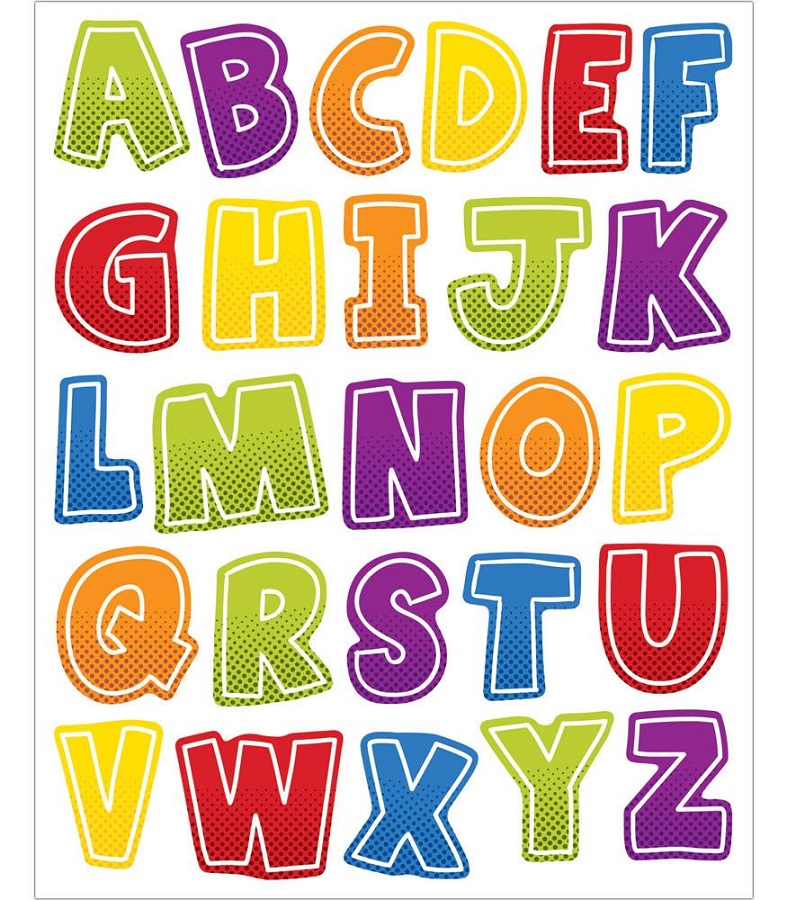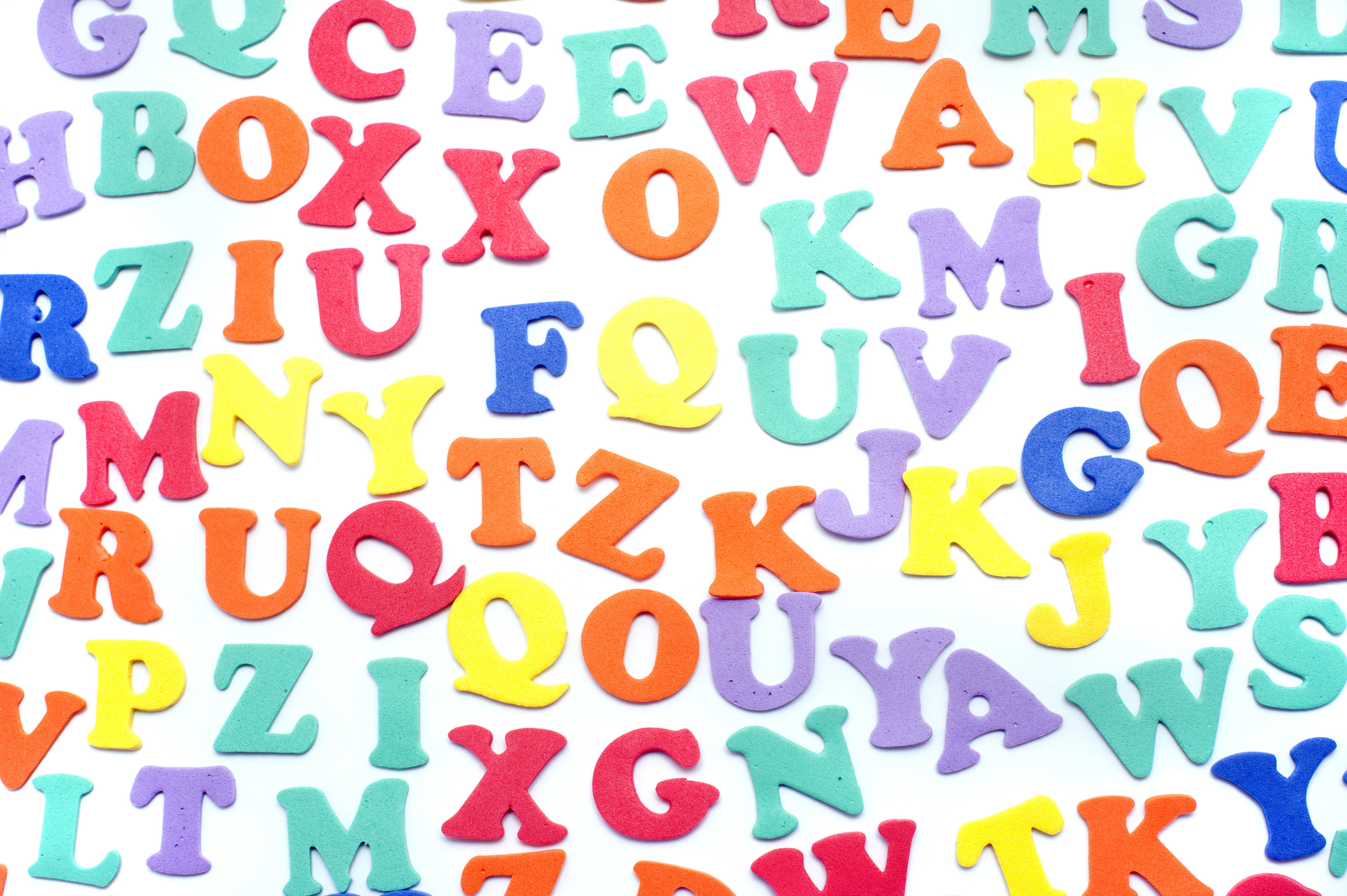

It has a fixed order based on the custom of the users. The letters used by a language are collectively called an alphabet. The letter J was also added to Modern English, during this time as well. The Table Alphabeticall, the first dictionary in English, published by Robert Cawdrey in 1604. From being used interchangeably, the letters V and U were separated, with the former becoming a consonant while using U as a vowel. By this time, the English language was standardized. In the 15 century, the printing press was introduced to Great Britain by William Caxton. Geoffrey Chaucer used middle English in the Canterbury Tales’ Wife of Bath. After two centuries under Norman rule, writing in English became popular again, with some of the Old English letters removed. The scholars, clergy and nobility were writing and speaking in Latin or Norman. When the Normans invaded Britain in 1066 AD, the lowborn were using Old English. However, the letter combinations like ‘æ,’ ‘œ’ and the symbol ampersand (&) were included in the alphabet. Later in the same period, the letters ‘j’ and ‘u’ were added and brought the number of letters to 26. In the Middle Ages, when the people in Britain ceased to use the old runes, the letter thorn was eventually substituted by ‘th’, and the runic ‘wynn’ became ‘uu’ that later evolved into ‘w.’ Remember that there was no letter ‘w’ in the Latin alphabet.

Some of the additions from the runic alphabets were ‘thorn’ that had a ‘th’ sound and ‘wynn’ that made a ‘w’ sound. The combination of the Latin alphabet and the runic alphabet of Futhorc resulted in the modern English alphabet. At that time Old English was using Futhorc, an older alphabet. Britain at that time was under the control of the Anglo-Saxons, a Germanic tribe that used Old English as their language. When the Roman Empire reached Britain, they brought with them the Latin language. When the Roman Empire was ruling parts of the world, they introduced the Roman alphabet derived from the Latin version, although the letters J, U/V and W were still omitted. Around the third century, ancient Latin script removed the letters G, J, V/U, W, Y and Z. This was seized by the Latins (Romans) and combined with some Etruscan characters such as the letter S and F. In 750 BC, the Greeks added vowels to the Phoenician alphabet and the combination was regarded as the initial true alphabet. The alphabet was made up of 22 letters, all of the consonants. It was widely used in the Mediterranean, including southern Europe, North Africa, the Iberian Peninsula and the Levant. The origin was a Proto-Sinaitic (Proto-Canaanite) form of writing that was not very well known.Ībout 700 years after, the Phoenicians developed an alphabet based on the earlier foundations. According to many scholars, it was in Egypt that alphabetic writing developed between 18 BC. The early alphabetic writing started about four thousand years ago. Scholars, missionaries and conquerors shaped the English language into what we know and speak today. Indeed, there are many consistencies in English because several different languages came into the picture during its years of development. Although English is widely spoken, for the non-English speakers, the English language is one of the most difficult languages to learn. The English alphabet has a fascinating history, and the development of each letter of the alphabet has its own story.


 0 kommentar(er)
0 kommentar(er)
